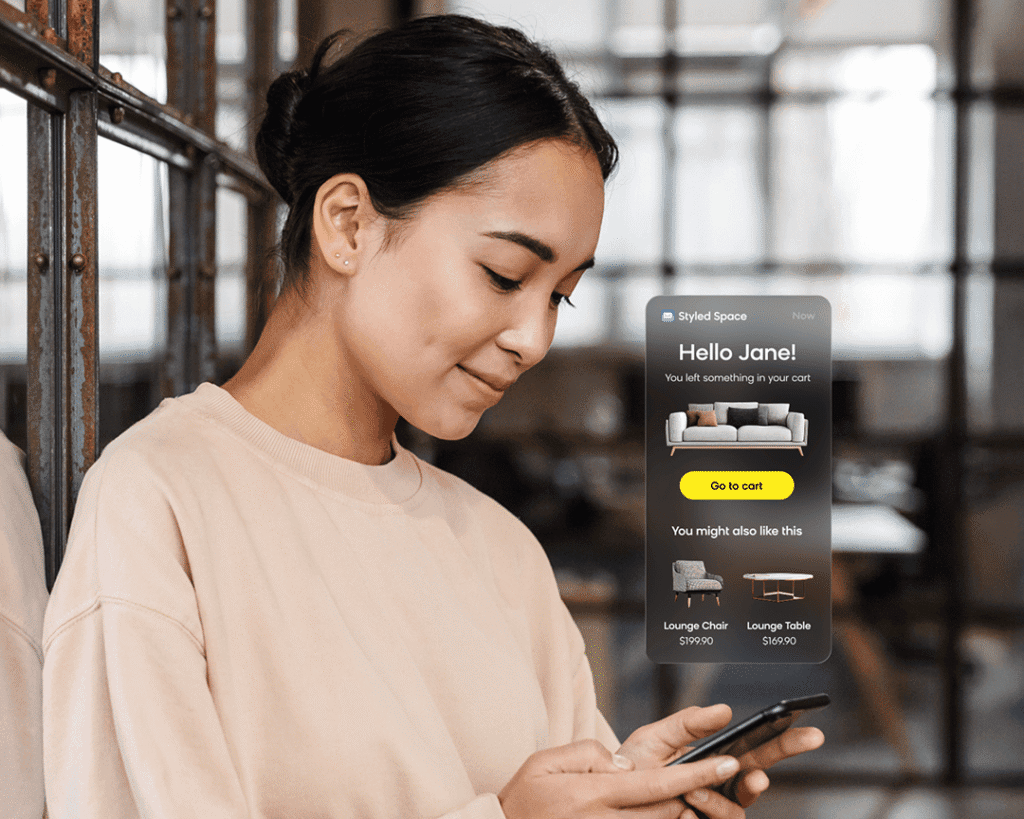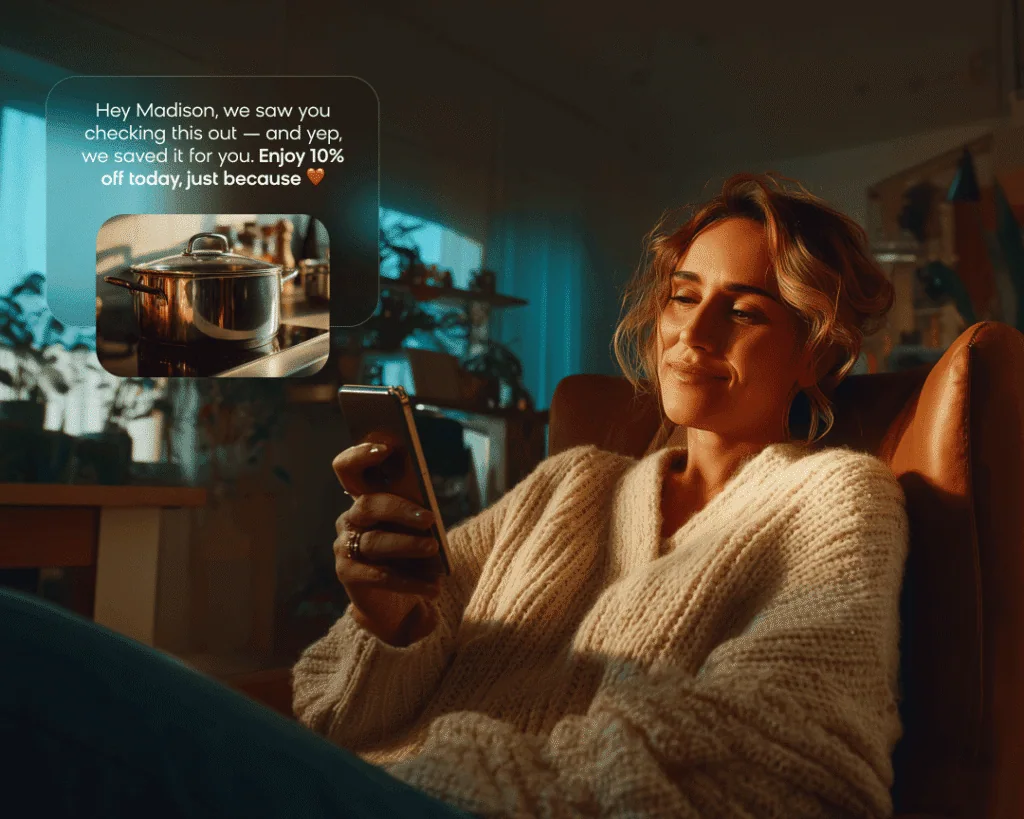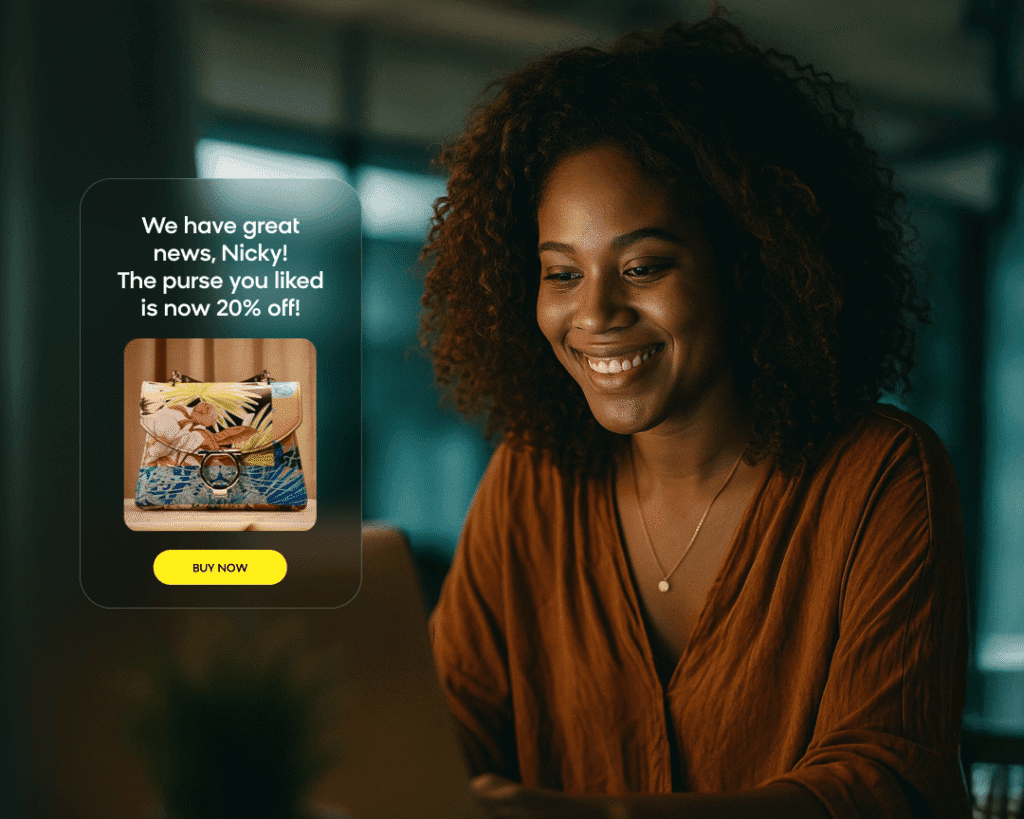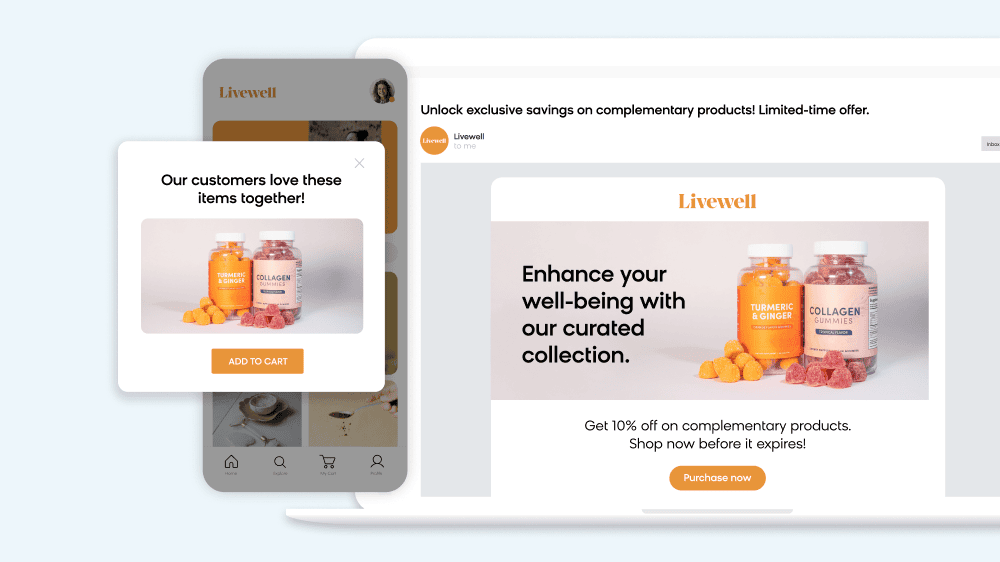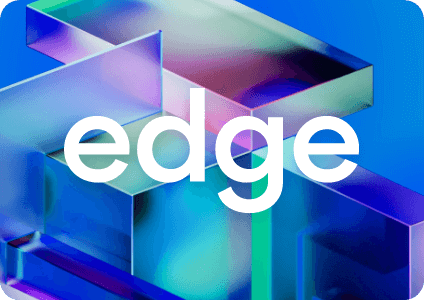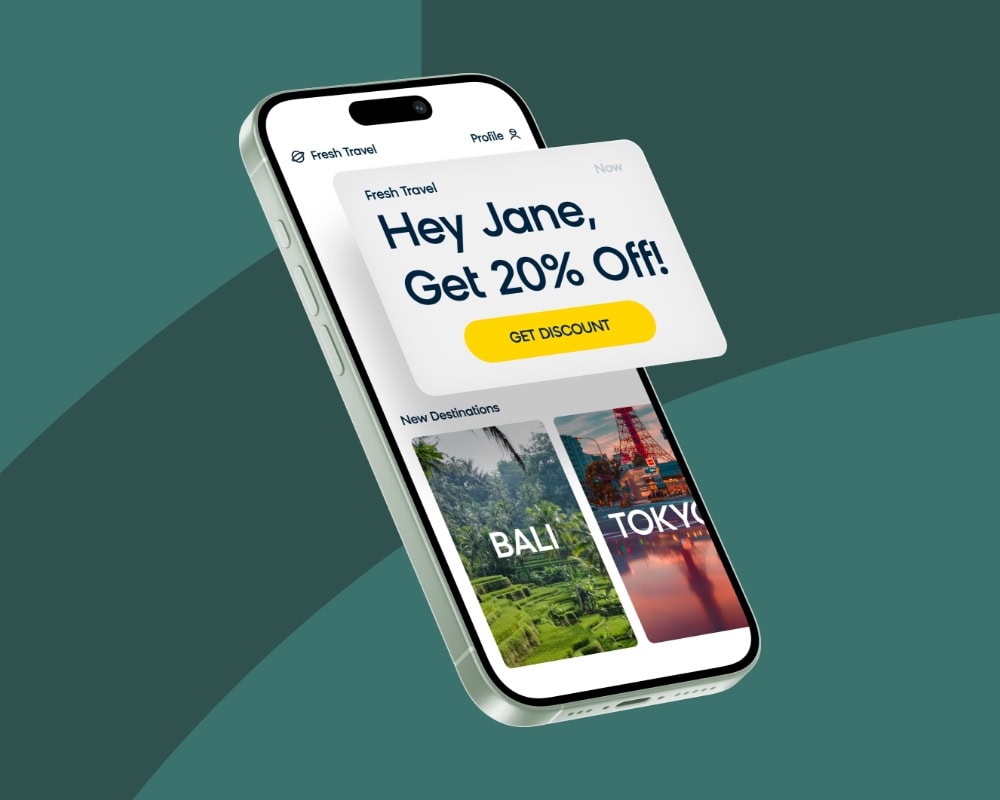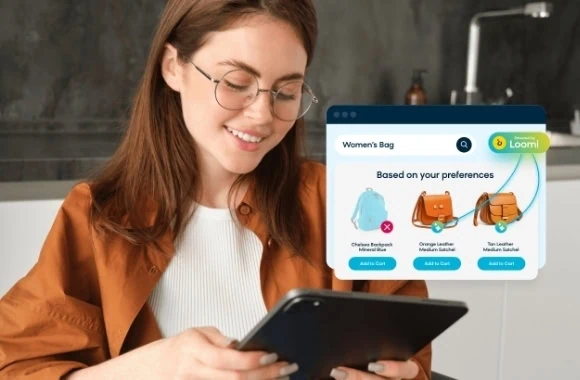What if your ESP (email service provider) could actually have ESP (extrasensory perception)? What would it look like if your email platform could truly understand customer intent and deliver messages that felt like you were reading their minds, giving them what they wanted before they even knew they wanted it?
It sounds like science fiction, but the technology to make this happen already exists. The question isn’t whether it’s possible — it’s whether marketers are ready to shift their approach from campaign blasts to genuine, intent-driven conversations.
The Email Paradox: They Hate It, They Love It, They Buy Because of It
Let’s be honest about where we all stand with email. Recent research from Forrester paints a complicated picture.
Two-thirds of consumers have recently unsubscribed from an email list, and 23% report continuing to receive emails even after unsubscribing. The complaints are clear: too many emails, too much generic content, too many promotions that feel irrelevant.
But here’s the fascinating contradiction: Despite the frustration, email still drives real business results.
- Nearly 40% of customers have purchased something because of email communications
- Email delivers $36 to $45 of ROI for every dollar spent
- It remains the most cost-effective owned marketing channel
The sentiment is mixed. Customers hate the volume and the generic nature of most emails, but they still engage. They still purchase. They still find value when emails get it right.
This paradox reveals an enormous opportunity. The bar is remarkably low, which means brands that truly address customer intent have all the upside to gain.
Why Email Still Matters (And Even More in an AI World)
Email continues to deliver exceptional results for a few key reasons:
The format gives you real estate. Unlike SMS or push notifications, email provides space to tell a story, showcase products visually, and demonstrate that you understand your customer. It’s not competing for immediate attention — it’s permission-based marketing where customers have opted in to hear from you.
It’s still performing at scale. Looking at Bloomreach customer data, we’ve seen over 3 billion emails sent in 2025 alone. Some customers have 13 channels connected to their marketing stack, and yet email consistently ranks as the number one channel for both message volume and revenue generation.
The opportunity for differentiation is massive. Because so many brands are still sending generic, promotional blasts, the brands that get personalization right stand out dramatically.
Understanding Customer Intent: The Four Pillars
If the goal is to make your ESP function like a mind reader, you need to understand what customer intent actually means. It’s not just about knowing someone’s name or past purchase — it’s about understanding the complete context of who they are and what they need right now.
Customer intent rests on four major pillars:
1. Lifecycle and loyalty — Where is this customer in their relationship with your brand? Are they a high-value loyalist who deserves VIP treatment? A new customer who needs education and nurturing? Understanding lifecycle stages fundamentally changes what message will resonate.
2. Demographics — Basic information like age, gender, and location still matters. A customer in New York City shopping in October has different needs than someone in Miami shopping in the same month.
3. Engagement context —What did the customer do last? What product did they view? What did they buy? What time of year is it? This real-time behavioral context is critical for understanding immediate intent.
4. Channel preferences — Which channels do they actually use? When do they typically open emails? What day of the week are they most engaged? Respecting these preferences dramatically improves response rates.
All of this is underpinned by brand-specific actions. For example, if you’re a cosmetics company and a customer is relatively new, lives in an urban area, and just bought their first shade of eyeliner, the next best action might be recommending foundation for their skin tone and seasonal lipstick shades. If you’re a ski resort, tracking the number of miles someone has skied tells you everything about their engagement and loyalty level.
The Foundation: First-Party Data Is Your Competitive Advantage
Here’s the critical point: addressing customer intent at this level requires robust first-party data. You need to pull information from multiple sources in real time:
- Real-time on-site behavior
- Historical purchase data from your data warehouse
- Offline interactions and transactions
- Customer service interactions
- Channel engagement patterns
This complete picture is something only you have. Third-party AI tools can’t replicate the depth of understanding that comes from your unified customer data. This is your competitive moat.
Whether you’re building email flows manually or using AI agents to automate the process, first-party data is the foundation that makes personalization at scale possible.
A Framework for Addressing Customer Intent
How do you actually put this into practice? Here’s a simple framework for thinking about how to address customer intent through email, organized in three concentric levels:
Level 1: Baseline Activation
Start with quick segments and triggers using readily available data. This is the low-hanging fruit:
- High LTV customers vs. new customers
- Male vs. female shoppers
- Past purchasers vs. browsers
- Basic loyalty tiers
New York City-based jewelry brand Ana Luisa launched a monthly subscription program called AL Lux. Members pay $40 per month, which becomes spendable store credit, and they receive perks like members-only sales and priority support.
Ana Luisa added dynamic content blocks to its email campaigns targeting both members and non-members. For members, these blocks served as visible reminders of their membership benefits, encouraging redemption and reengagement. For non-members, the blocks were hidden entirely, ensuring a clean experience.
Simple segmentation, but it worked because it addressed different customer contexts.
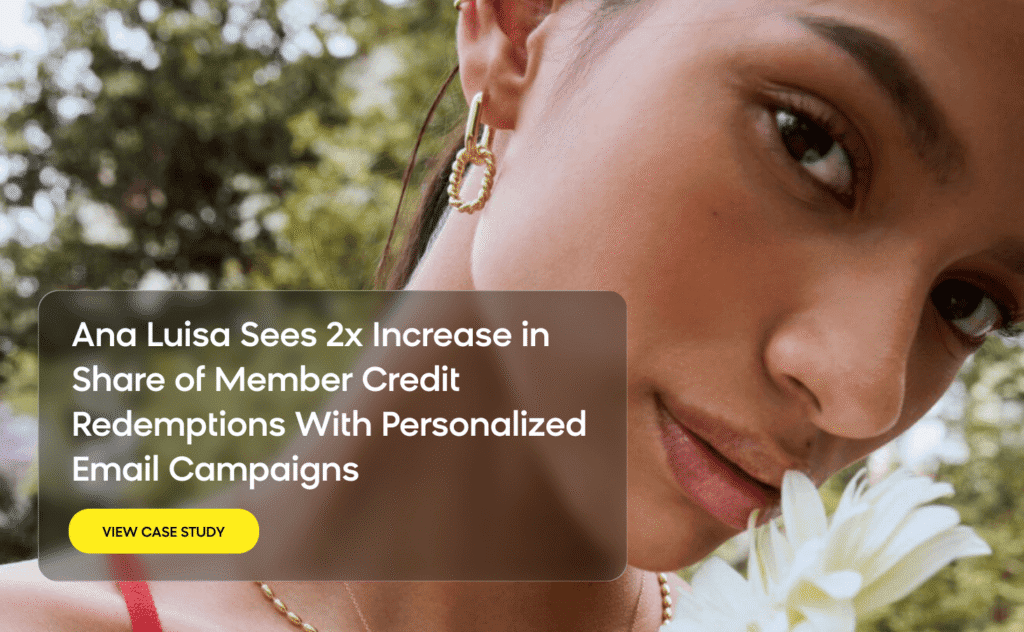
For a global blush relaunch, Benefit Cosmetics wanted to drive awareness and push through inventory. The brand segmented its audience into three groups: previous buyers, VIPs, and customers who had joined a product waitlist.
Based on that customer segmentation, different emails were sent to each group. The results? 40% more revenue from these launch emails compared to Benefit’s global average.
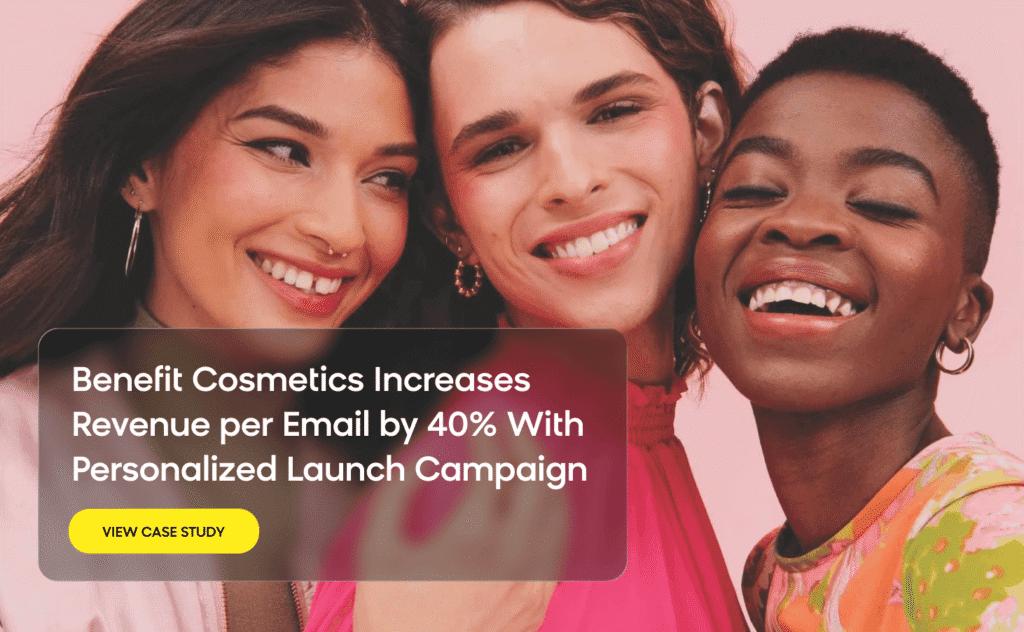
Level 2: Contextual Targeting
This level involves using real-time behaviors and brand-specific actions to trigger highly relevant emails.
European ski resort Tatry Mountain Resorts synced offline ski lift data into its marketing platform. Every time a skier taps their GoPass card at a lift gate, the system calculates their loyalty status based on total miles skied that season.
As skiers reached different mileage thresholds, they automatically achieved new “racer” or “hero” statuses. These status changes triggered personalized emails offering physical rewards they could collect from the gift shop — loyalty badges, stickers, and other branded merchandise.
What makes this example powerful:
- It’s deeply specific to the brand (skiing metrics)
- It’s personal to each individual customer
- Emails trigger at the exact moment of status achievement
- It drives both emotional connection and physical foot traffic
This is contextual targeting at its finest, using brand-specific behavioral data to deliver perfectly timed and relevant messages.
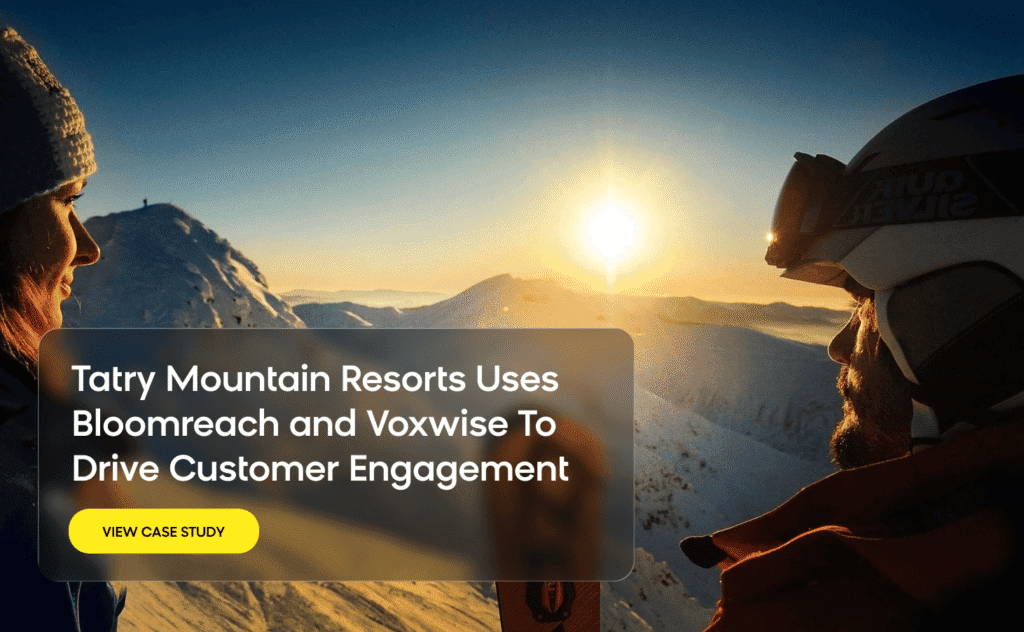
Level 3: Predictive Discovery
At this level, you’re using AI to anticipate customer needs and uncover hidden opportunities in your data that aren’t obvious through manual analysis.
British music and entertainment retailer HMV wanted to drive more sales of its high-definition movie formats. HD DVDs typically have better margins and create longer-term customer value, but not every customer cares about audio and video quality.
The challenge was that identifying which customers would actually be interested in HD formats wasn’t obvious from basic segmentation.
Using AI-powered AutoSegments, HMV discovered a highly engaged group of customers who had never purchased HD content but were showing strong interest in a specific category that was mostly available in HD format. On paper, these customers looked like low-definition loyalists. But underneath, the data revealed hidden intent.
HMV tested HD offers to this segment and saw a 34% increase in impressions and a 14% boost in campaign revenue.
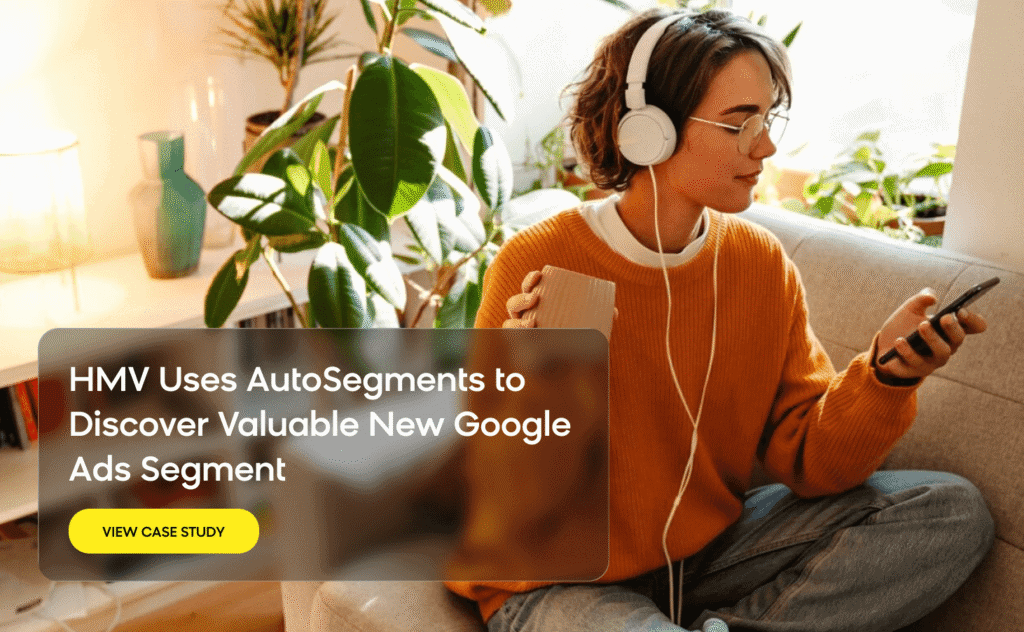
Practical Tips for Getting Started
Where is the best place for companies to start?
Start with baseline activation. Don’t overcomplicate things. There’s a tremendous opportunity in basic segmentation done well. Look at your VIP customers, past purchasers, and new subscribers. What would a more tailored message to each group look like?
Keep it simple and on-brand. The best contextual triggers are specific to your business. If you’re a cosmetics brand, that might mean tracking product launch waitlists. If you’re a subscription box company, it could be tracking renewal windows. Think about the actions that matter most in your specific business.
Invest in your first-party data strategy. Tools like Bloomreach Engagement provide out-of-the-box behavioral data (e.g., email clicks, product views, cart additions). But work with your team to identify additional data sources you should be capturing. What offline interactions matter? What brand-specific behaviors should you be tracking?
Structure your data for usability. Having the data isn’t enough. It needs to be accessible, unified, and actionable in real time. This often requires integration work, but it’s the foundation that makes everything else possible.
The Rise of Marketing Automation Agents
Here’s where things get really interesting. Everything we’ve discussed so far — the framework, the examples, the best practices — still requires considerable expertise and manual work. What if AI agents could do most of this heavy lifting for you?
What Makes a Tool “Agentic”?
True marketing agents go beyond simple AI assistance. They operate with three key capabilities:
1. Orchestration: The agent can create and adapt a plan for any marketing situation, determining which actions to take and in what sequence.
2. Autonomy over tasks: You don’t need to specify how to execute each step. The agent manages the workflow and executes individual tasks on your behalf.
3. Outcome-oriented: The agent understands the desired business outcome behind your prompts and can find innovative ways to achieve that outcome, even if it means taking a different path than you initially envisioned.
From Idea to Context-Aware Campaign
Modern marketing agents can take a vague goal — like “remind customers about their purchase anniversary and drive upsell” — and transform it into a comprehensive campaign plan that includes:
Who: Defining triggers, audience conditions, and segments to target
What: Creating the right key message for each segment — for example, one focused on discounts, another on featured products, and a third on personalized recommendations
When and how: Applying industry-specific best practices like optimal timing for abandoned cart emails, number of follow-ups, and wait times between messages
The agent generates what’s essentially a campaign brief that synthesizes:
- Industry benchmarks from statistical analysis of what works best
- Codified expertise from marketing consultants embedded into the system
- Real-time data about your customers and their behaviors
Creating Content at Scale
The biggest blocker to personalization is often content creation. How do you create unique email variations for dozens of different segments without a massive design team?
Marketing agents solve this by learning your brand assets — your hero banners, product block layouts, headers, and footers — and understanding their structure and purpose. The agent can then reuse these elements for any situation, deciding:
- Where to place dynamic content
- When to create static copy
- When to pull data from your product catalog
- Which layout best communicates the key message
The process is hierarchical, mimicking how a sophisticated content team would work:
Step 1: From campaign theme to content strategy. The agent determines the best layout to avoid cognitive overload, selects hero banner images (e.g., lifestyle vs. product shots), decides whether to include recommendations, and chooses the optimal CTA.
Step 2: From strategy to personalized content. The agent writes copy in your brand’s tone of voice, assembles the template for accessibility and display, and implements personalization without requiring any coding from you.
Better yet, this works across all channels. The same content strategy can be automatically adapted for email, SMS, WhatsApp, and more, ensuring consistency while respecting channel-specific formats.
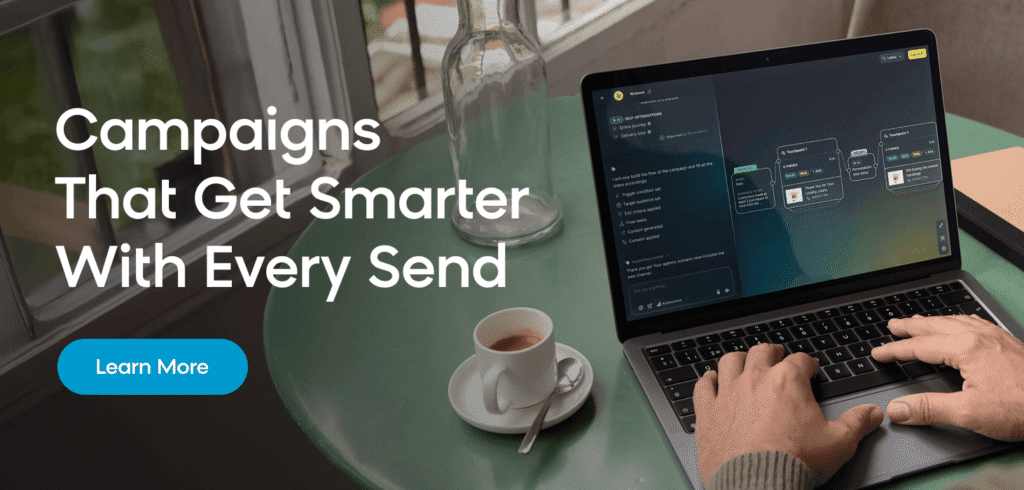
It’s Time To Unlock the Power of ESP for Your ESP
The technology exists today to make your email service provider function like it has extrasensory perception. The combination of robust first-party data, strategic frameworks for addressing customer intent, and AI-powered agents that can execute at scale makes true mind-reading email marketing achievable.
The key to this is shifting your mindset and approach. Stop seeing email as a quick way to blast the same message to your entire customer base, and start forming strategies to create genuine, intent-driven conversations.
After all, email isn’t going anywhere, and neither is the opportunity to stand out by getting personalization right. The brands that embrace this shift will win customer loyalty and drive business results in ways that generic promotional blasts never could.
The future of email marketing is here. It’s personal, intelligent, and scalable. And it’s waiting for you to take the first step.

